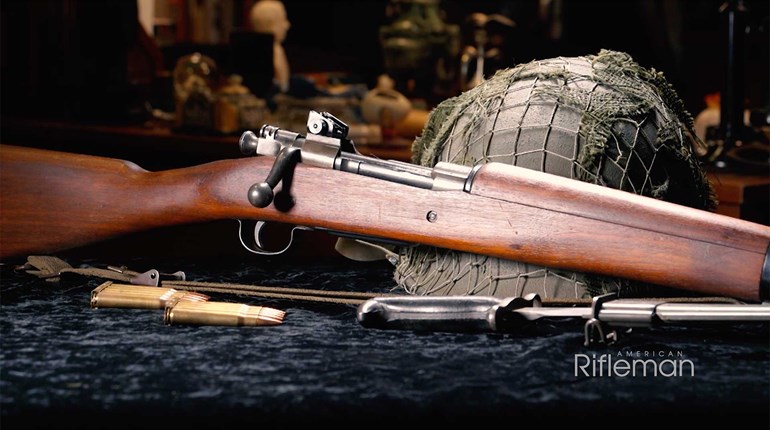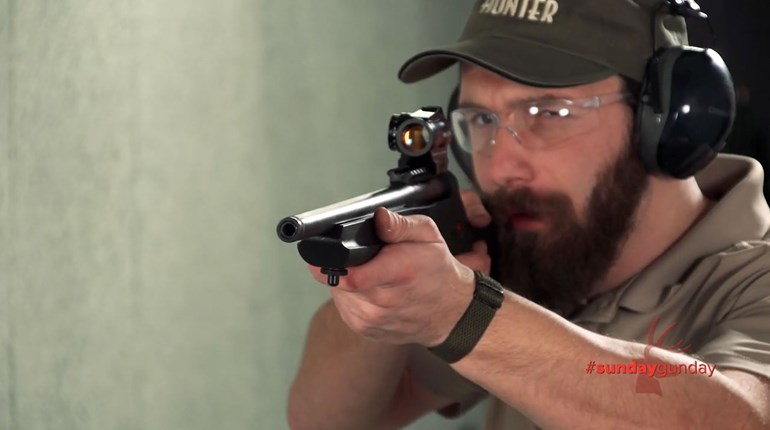
The folks at Remington, makers of the V3 Field Sport shotgun, know there is probably no better feeling than breaking a clay or watching tasty woodland creatures hit the ground after a well-placed shot. While shotgunning is fun, nothing is more frustrating than attempting that second shot on a report pair only to find out that your semi-auto didn’t cycle. If this continues, frustrated shotgunners often abandon their gas-operated scatterguns and sub in an expensive inertia-driven one.
The trouble here is that shooters who do this usually find a sharp increase in recoil and reliability issues related to poor stance and follow-through. After all, if an inertia gun doesn’t find a firm shoulder to recoil against (like that of a seasoned shooter’s) it likely won’t run properly. Years ago Remington solved this by introducing a new gas system that varied depending on the length of the shell that was chambered. The world rejoiced and embraced the new design, but some balked at the price tag. By refining the overall design Remington was able to use that same gas system and mate it to a shorter receiver, creating the V3 Field Sport, available at a lower price point than the first V3s.
The V3 Field Sport maintains the same Versaport technology of its more feature-full predecessor. The V3 version of the system is built with eight gas ports drilled into the chamber from approximately five to seven o’clock. When a 2¾-inch shell is chambered, all eight of the ports are open and will direct gas below into the dual pistons that blast the action open before the dual return springs return it to battery, chambering the next round and making the gun ready to fire again.
Because 3-inch shells generate more pressure, when these are chambered they cover up half of the ports, ensuring that the action receives just the right amount of gas to cycle without damaging it. You’ll note that the V3 will not accept 3½-inch shells like the more expensive Versa Max. As only a select group of shotgun users need this capability, it was an easy feature to scrap to help economize the new design. Completing the gas system are two overpressure valves at the 12 o’clock position. These vent any excessive gas that might be generated by substandard ammunition or poor-quality handloads.
The V3 Sport comes in a variety of trim options, but I really liked the simplicity of the Black Synthetic model, so I ordered one up for testing. As it was available in 22-, 26- or 28-inch barrel options, I chose the middle ground. At 5’8” I have always found this length to be a good fit for me, and when the gun arrived I confirmed this on the first shouldering.
Shotgun in hand, I was able to quickly spot features such as a threaded choke system with full, modified and improved cylinder chokes included, as well as a full-length ventilated rib with two beads installed. The V3 also came stock with sling studs on the forend and magazine cap for the easy addition of a sling. This feature alone has been the deciding factor on if I’d take a particular gun hunting or not. From here all that was left to do was break some stuff!
Out on the range, we loaded the V3 to a total capacity of four shells (3+1). We brought along both ends of the 2¾-inch shell spectrum, which included Remington’s Premier STS Light Target loads and the company’s Premier Nitro Sporting Clays loads. I figured if it can run both of these, anything in the middle would fare well also. Furthermore, I wanted to attempt to activate the high-pressure relief valves, and the Nitro loads certainly were a good candidate. Every time we loaded the gun, we loaded it to capacity and fired as fast as we could get another clay in the air. After all, it wouldn’t be much of a test if we didn’t get the gun as hot as possible to see how it handled a little stress.
Both rounds cycled the action 100 percent reliably and produced a more than acceptable point of impact with the improved cylinder choke installed – things went smash. From a recreational thrower, I was able to go 20 straight with both loads. When we set the thrower up for lateral targets my hit percentage dropped a bit, but using the Nitro loads made it noticeably easier to hit the side flyers. The increased velocity of these loads made them far less lead sensitive, so less judgment was required to place accurate shots. (This is one of the few times in shooting history where hardware fixed a software problem.)
I wrapped up my range day by sending about another 150 shells downrange both left-handed and right-handed. I found the gun to be comfortable in either dexterity and didn’t notice the action movement or any exhaust blasting me in the face when firing from the left shoulder. Overall it was just a very cozy gun to shoot, especially with light target loads coupled with the inch-thick recoil pad. For more information visit Remington.com.






































